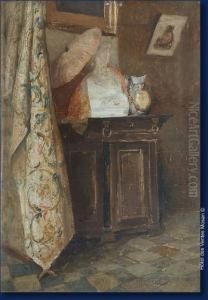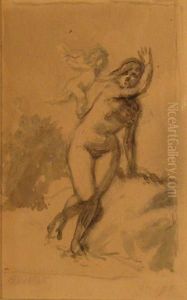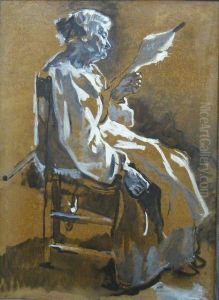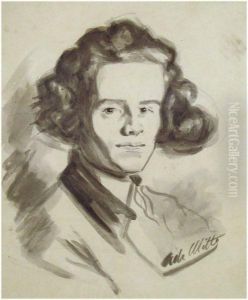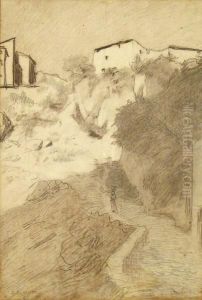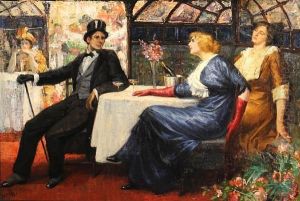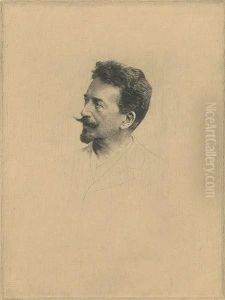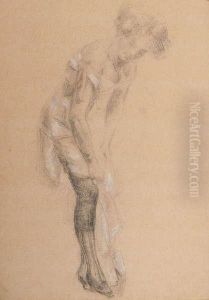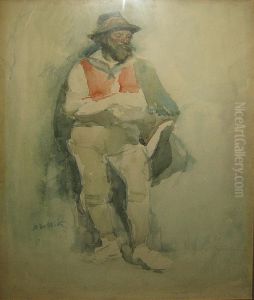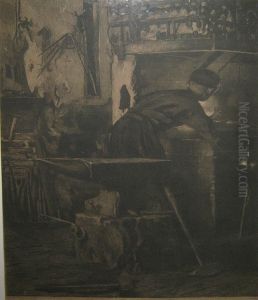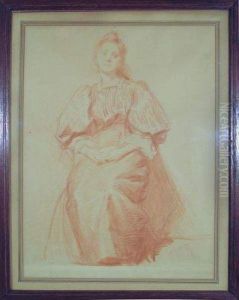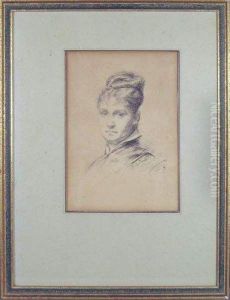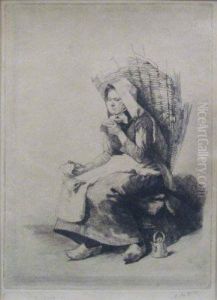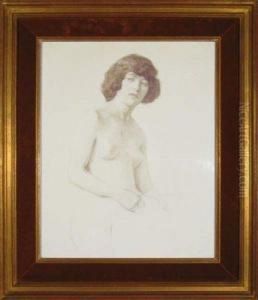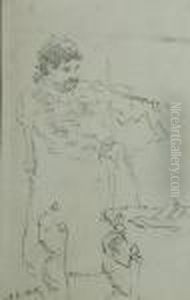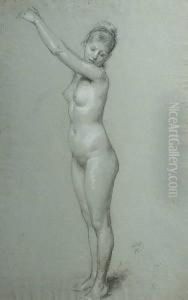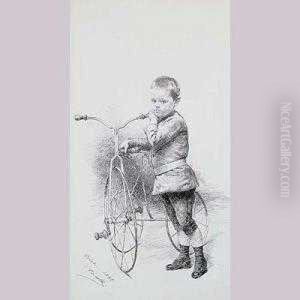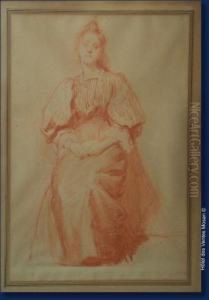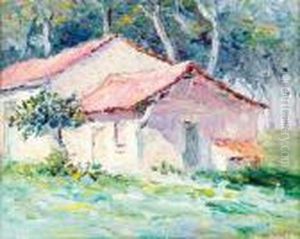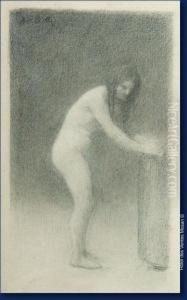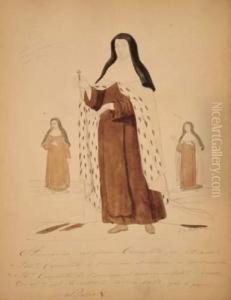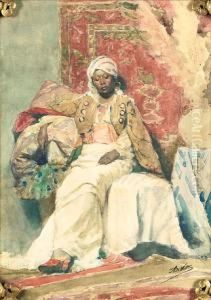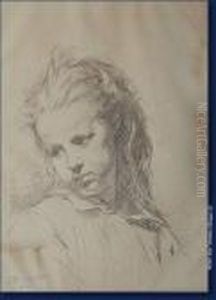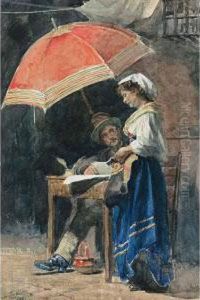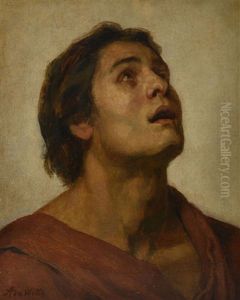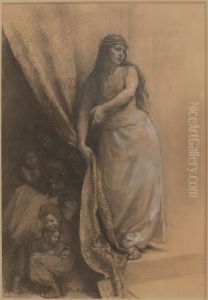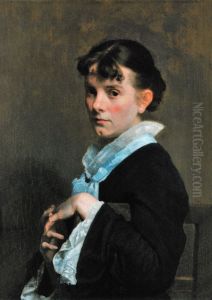Adrien De Witte Paintings
Adrien de Witte, born in 1850 in Liège, Belgium, was a distinguished painter known for his contributions to the art world during the late 19th and early 20th centuries. His full name being Adrien-Joseph de Witte, he was part of a family with a rich artistic heritage; his father, Barthélemy de Witte, was also a painter.
De Witte was educated at the Royal Academy of Fine Arts in Liège, where he was a pupil of the director Hubert Léonard. He was influenced by the academic traditions of the time, yet he also showed an interest in the burgeoning realist movement. De Witte's works often depicted scenes from everyday life, landscapes, and historical events with a meticulous attention to detail and a commitment to realism.
Over the course of his career, de Witte gained recognition for his technical skill and his ability to capture the essence of his subjects. He was particularly adept at interior scenes, which were noted for their interplay of light and shadow, as well as their sense of tranquility. His paintings often included figures in domestic settings, rendered with a softness and warmth that invited viewers into the scene.
In addition to his painting, de Witte was also an accomplished watercolorist and draughtsman. He taught at the Royal Academy of Fine Arts in Liège, where he influenced a generation of artists. His contributions to Belgian art were recognized with his appointment as Officer of the Order of Leopold, one of the highest honors in Belgium.
De Witte's work was exhibited widely during his lifetime, including at the prestigious Salon in Paris. Today, his paintings can be found in various museums and private collections, where they continue to be appreciated for their historical value and artistic merit. Adrien de Witte passed away in 1935, leaving behind a legacy as one of Belgium's notable realist painters of his era.
